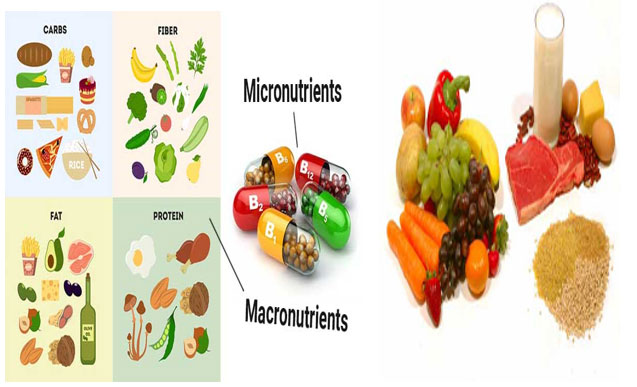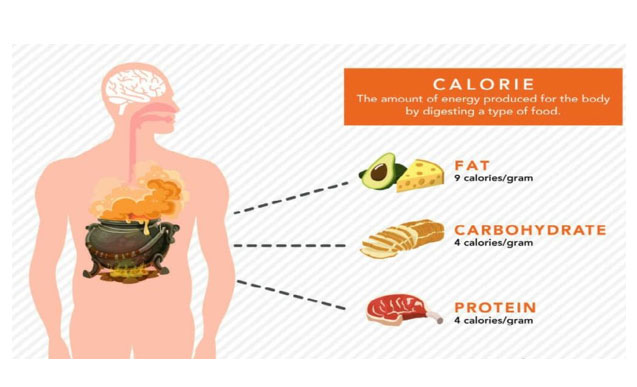Ms. Mamta Rajshekhar Wanjare
Assistant Professor, E&TC Department
AISSMS Institute of Information Technology
In this blog, we are going to discuss the basics of macronutrients and also their daily recommendations.
To understand what macronutrients are, we should first know what nutrients are.
“Nutrients are compounds which provide nourishment essential for growth and maintenance of the body.” Nutrients are further classified into macronutrients and micronutrients.
“Micronutrients are nutrients needed in small amounts for our body for growth and development.”
What are macronutrients?
“Macronutrients are the types of nutrients needed for our body in large amounts”.

These include Proteins, Carbohydrates and Fats.
Proteins
Proteins are made up of carbon, hydrogen and oxygen. They also contain some amount of nitrogen. Each protein is made up of amino acids which are linked to each other like beads in a necklace. They are required for the growth and maintenance of the body.
*1g of protein= 4 calories
Requirements:
For sedentary adults- 0.8g/kg of body weight
For active adults- (1.4-2) g/kg body wt. [for endurance athletes- 1.4g, for intermittent activity athletes- 1.7g, for power/strength athletes- 2g]
Carbohydrates
Carbohydrates are sugars that break down into glucose. Carbohydrates have a protein sparing effect, i.e., instead of proteins, our body uses carbohydrates as a source of energy. They also provide fiber. Sugars, starch cellulose, glycogen etc. are all forms of carbohydrates. Carbs are of two types; simple (e.g.: fruits, honey, white bread, candies etc.) and complex (eg: potatoes, brown rice etc.)
*1g of carb= 4 calories
Requirements:
For normal people- (45-50) % of total calorie intake
For endurance athletes- (6-10) g per kg of body weight
For intermittent activity athletes- 55% of total calorie intake
For power/strength athletes- (45-55) % of total calorie intake
Fats
Fats are made up of a collection of molecules known as triglycerides. They are essential for growth, development and cell functions. They help maintain the core temperature of the body and also help in the absorption of fat-soluble vitamins like vit. A, D, E and K. Fats are classified into saturated fat, unsaturated fat and trans fat. Unsaturated fats are further divided into monounsaturated fats and polyunsaturated (omega 6 and omega 3) fats. Unsaturated fats are good for us whereas we should limit the consumption of saturated and Trans fats.

Some examples of good and bad fats are as follows:-
| GOOD FATS | BAD FATS |
|---|---|
| Avocados | Margarine |
| Egg yolk | Pastries |
| Coconut oil | Corn oil |
| Salmon | Soy oil |
| Ghee | All vegetable oils |
| Almonds | Cheese |
| Walnuts |
** All good fats are fats that exist in nature as it is and all bad fats are man-made.
*1g of fat= 9 calories
Requirements:
For endurance athletes- 25% of total calorie intake
For power/strength athletes- 33% of total intake
This was all about the basics of macronutrients and their daily requirements.
Hope you benefitted from it.
















